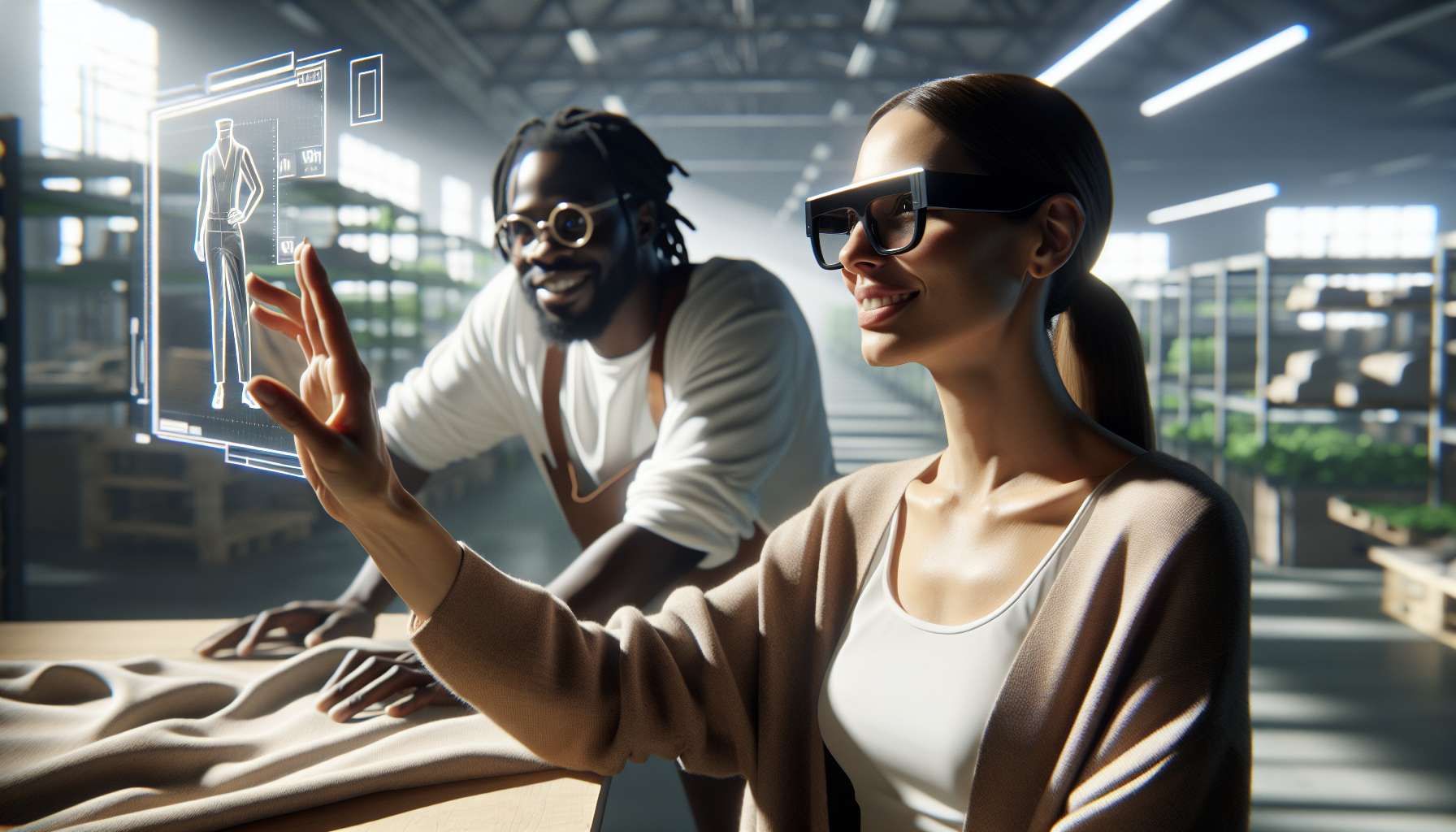The Role of AR in Sustainable Manufacturing Practices
Augmented Reality (AR) has emerged as a powerful tool in various industries, revolutionizing the way we work and interact with our surroundings. One area where AR is making a significant impact is in sustainable manufacturing practices. By integrating AR technology into manufacturing processes, businesses can not only improve efficiency and productivity but also reduce their environmental footprint. In this article, we will explore the potential of AR in promoting sustainable manufacturing practices.
Enhancing Energy Efficiency
AR can play a crucial role in optimizing energy consumption in manufacturing facilities. By overlaying real-time data and visualizations onto physical equipment, AR can provide operators with valuable insights into energy usage. This allows them to identify inefficiencies, monitor energy consumption, and make informed decisions to reduce energy waste. For example, AR can highlight areas where energy is being wasted or suggest alternative energy sources to minimize environmental impact.
Streamlining Waste Management
Waste management is a significant concern in manufacturing, as it not only affects the environment but also impacts the bottom line. AR can help streamline waste management processes by providing real-time data on waste generation, disposal, and recycling. By visualizing this information, manufacturers can identify areas of improvement, implement recycling programs, and reduce waste generation. AR can also guide workers in sorting and disposing of waste correctly, ensuring compliance with environmental regulations.
Optimizing Supply Chain Logistics
AR can revolutionize supply chain logistics by improving efficiency and reducing carbon emissions. By overlaying digital information onto physical objects, AR can provide real-time visibility into inventory levels, shipment tracking, and delivery routes. This enables manufacturers to optimize transportation routes, reduce fuel consumption, and minimize the carbon footprint associated with logistics operations. AR can also assist in warehouse management, ensuring accurate inventory management and reducing waste due to overstocking or stockouts.
Facilitating Remote Collaboration
AR technology enables remote collaboration and communication, reducing the need for travel and physical presence. This has a direct impact on sustainability by minimizing carbon emissions associated with business travel. With AR, experts can remotely guide and assist workers on the shop floor, reducing the need for on-site visits. This not only saves time and costs but also reduces the environmental impact of travel. Additionally, AR can facilitate virtual meetings and training sessions, further reducing the carbon footprint associated with traditional in-person meetings.
Improving Worker Safety and Training
AR can enhance worker safety by providing real-time visualizations and instructions, reducing the risk of accidents and injuries. By overlaying safety guidelines, hazard warnings, and equipment instructions onto the worker’s field of view, AR can ensure that workers follow proper safety protocols. AR can also be used for training purposes, allowing workers to practice complex tasks in a virtual environment before performing them in real-life. This not only improves efficiency but also reduces the risk of errors and accidents, ultimately promoting a safer and more sustainable work environment.
As we can see, AR has the potential to revolutionize sustainable manufacturing practices by enhancing energy efficiency, streamlining waste management, optimizing supply chain logistics, facilitating remote collaboration, and improving worker safety and training. By embracing AR technology, businesses can not only improve their bottom line but also contribute to a more sustainable future. The possibilities are endless, and it’s time for manufacturers to explore the potential of AR in promoting sustainable manufacturing practices.





